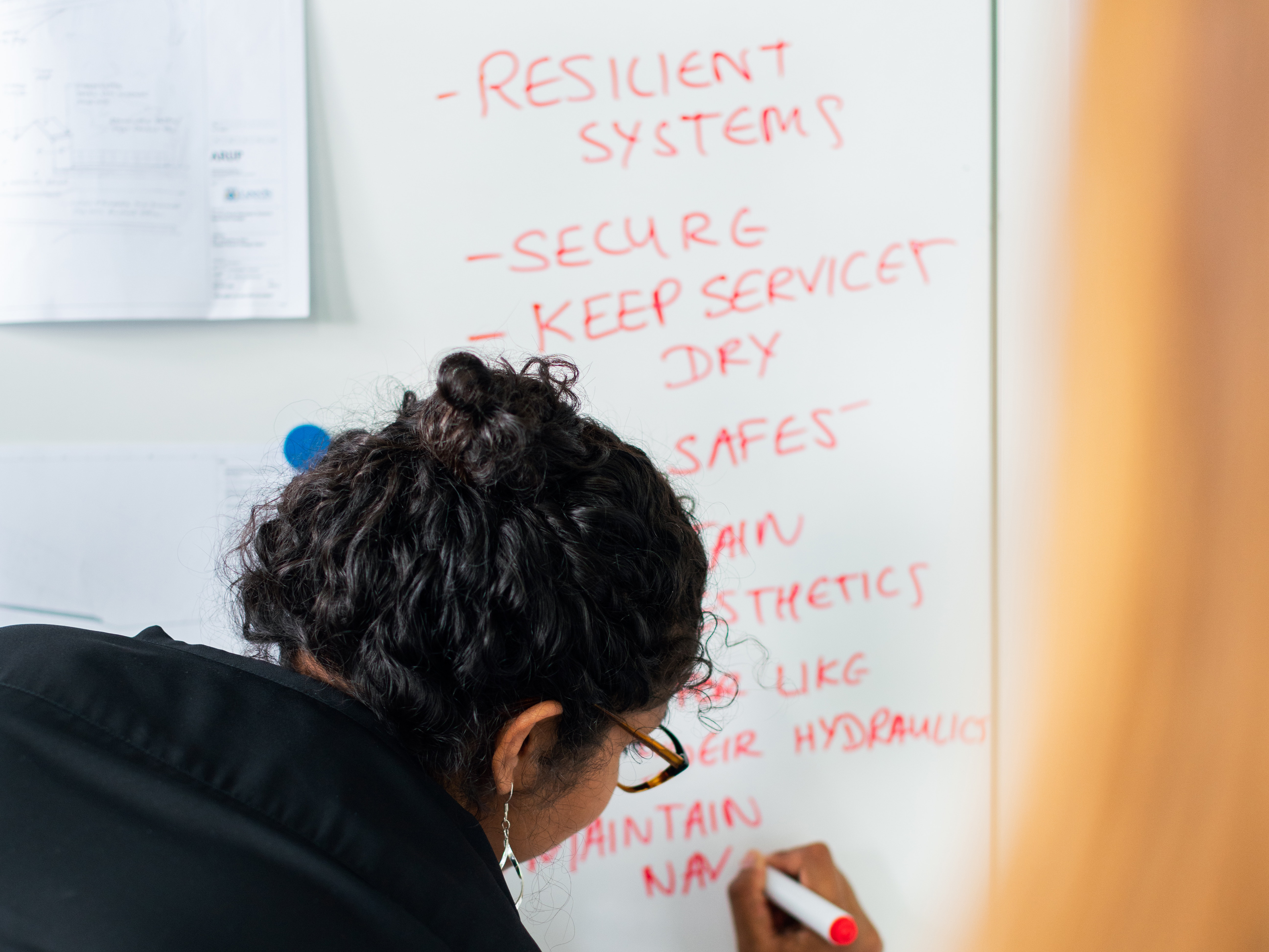
The disruptive impacts of COVID-19 on supply-chain security have been analyzed extensively, and last month’s Suez Canal crisis has provided yet another opportunity for analyzing and mitigating risk.
The real lessons of both these events are less about defying disruption and more about driving growth. In other words, to fully grasp the insights afforded from the events of 2020, we need a playbook that focuses as much on “offensive” moves as “defensive” ones. This gives supply-chain leaders a much better chance of creating winning outcomes. Here are some plays that can be the most beneficial to understand.
Aim to adapt. Survival and adaptation are two different animals. In a crisis, the primary mandate is to survive, but an exclusive focus on survival often results in death. In every aspect of life, the most effective way to not only survive but also thrive, is to adapt.
Adaptation is both a growth mindset and a “meta mandate” that is just as relevant after a crisis subsides as during it. And while adaptation may include defensive elements, it is primarily an “offensive” or “future-focused” position. For instance, rather than asking, “How can my business be less vulnerable?” it asks, “What opportunities can I identify for building strength?” In response to the weeklong Suez bottleneck, more adaptive-oriented leaders focused on more than the problems at hand. They began mapping alternate transit routes and, where necessary, doubling down on procurement commitments.
Design for diversity. There is no longer questioning that a diverse sourcing network is a necessity. Now, the real question is how to effectively design it. Your network can only be as diverse as its design, and your suppliers can only be as strong as your relationships with them.
This principle can be seen even in the evolution of industry terminology. There is a good reason that as time has passed, the term “supply chain” is being supplanted by “sourcing network.” While both terms are perfectly acceptable, the second highlights how supply chains are not linear structures (as the name misleadingly suggests) but rather a complex web of interconnected relationships. Beyond making your sourcing networks more secure, designing for diversity and cultivating relationships with your suppliers can also help you work together to identify and engineer growth opportunities.
Think globally, but consider acting locally. Global trade issues, consumer preferences and other disruptors are accelerating the shift from “source anywhere” to “source smartly and ethically.” This means that local sourcing will play a larger role in successful growth strategies. Because we live in such an interconnected world, companies will always need to think globally. In many cases, domestic sourcing (either primary or secondary) can deliver multiple advantages.
In cases where global sourcing is the only sensible solution, doing business with a single partner with multiple company-owned operations across several continents has multiple advantages. First, it is an effective risk-reduction strategy (as it ensures that all your “eggs” are never kept in one “basket”). Second, a one-source partner has high levels of coordination, transparency and oversight built into its business model. Last, it is easier to effectively communicate, collaborate and innovate when you work with the same team from start to finish.
Rework and reposition. Due to global recovery activities, we will likely be headed into a period of higher inflation. Pricing challenges are imminent, and companies will need to rework their pricing strategies and reposition their value propositions. This will be necessary for attracting new customers and retaining existing ones. Periods like the one we appear to be entering entail a renegotiating of “loyalty lines” between businesses and customers. The near future will bring a prime opportunity for redrawing those lines in a way that clearly positions your business as a more desirable choice than your competitors.
Prepare for pent-up demand. With chip and other component shortages, are looking at an unprecedented economic surge of pent-up demand that will result in heightened GDP, which may catch many companies off guard. Preparing for this demand is vital to capitalizing on the immense growth opportunities that will accompany it. Along with pent-up demand, expect extended lead times and plan accordingly.
Ramp up Industry X.0. Accenture defines Industry X.0 as “A new digital paradigm for businesses to embrace constant technological change — and profit from it.” The basic idea is that businesses need to strategically combine digital technologies to drive top-line and bottom-line growth. Industry X.0 represents a fundamental step in the larger quest for digital transformation. Artificial intelligence, machine learning and predictive analytics will not only mitigate supply-chain disruption, but also reveal profitable opportunities much earlier in the game.
While we continue to contend with the aftermath of 2020, there are far more valuable lessons to be learned than merely how to defend against disruption. By taking a forward-looking perspective, companies can mine insights for assuming an offensive position that drives adaptation, innovation and growth.
Mark Dohnalek is president and CEO of Pivot International, a global manufacturing, engineering and product-development company.







